By Daniel Dunaief
From soup to nuts – along with pictures and descriptions – patients at Stony Brook University Hospital can use a new mobile app to order meals during their stays that are consistent with medical advice and that is sensitive to their diets.
With this app, patients can choose the times they want meals, within the 7 a.m. to 7 p.m. schedule, and the specific foods that suit their interests and restrictions.
The response among patients at the hospital, which serves more than 1,500 patient meals a day, has been “very positive,” said Nicole Rossol, Chief Patient Experience Officer at Stony Brook University Hospital. “It’s giving patients more day-to-day control in a hospital setting.”
That empowers patients who can otherwise be confined to their rooms or to the hospital as medical staff monitors their health and brings them for a variety of tests.
The cbord patient app, which allows patients to order food for the same or the next day, provides choices that are consistent with the approach the hospital takes as a part of a patient’s care. Additionally, the app can adjust for a range of allergies and patient dietary needs.
Once patients create a dietary profile, the app can filter food options that include halal, kosher, gluten-restricted, vegetarian, cardiac, carbohydrate-controlled and more.
The app “is not replacing anything,” said Kathleen Logsdon Carrozza, Assistant Director of Food and Retail Services and Registered Dietitian at the Faculty Student Association of Stony Brook University Hospital. “It gives patients another option.” Patients who are tech savvy can use their own mobile devices to order food or, on some floors, they can use a shared mobile device.
Those who prefer can still order food through a call center or by speaking with a dining service worker.
At this point, the hospital has about 45 patients who are using the app, said Alexandra Bush, Nutrition Software Systems Administrator at the Faculty Student Association of Stony Brook University.
App origin
About a year ago, members of SBU attended a conference where they learned about this way of ordering food as an option.
“We wanted to do something that was user friendly,” said Logsdon. “The administration was on board.”
Each food and drink option includes a photograph, which gives patients a chance to consider their choices the way they might at a restaurant.
Last summer, two Stony Brook University students took pictures of each item.
At this point, the app is only available in English, although the hospital has interpreters who can help with patient needs and answer questions.
The app is evolving on almost a daily basis. Bush, who receives daily post it notes with suggestions, recently received a request from a pediatric nurse to add pasta with butter, which is now on the menu.
While the hospital doesn’t have the equivalent of a Yelp review for each dish, volunteers solicit feedback from patients from survey data.
In putting together the menu and developing the app, Stony Brook received considerable guidance from a patient and family advisory council, who teamed up with Logsdon and Bush. The app can be accessed on any app store compatible with Apple and Andriod products.
The council “helped with the education that would be going out to patients,” said Rossol. “It’s really important that we have patients that partner with us to make some of these changes and decisions. They gave us great input and feedback.”
The ability to order meals at a particular time allows patients to dine with their visitors.
“This enables us to offer things to patients in a way we haven’t been able to do in the past,” said Rossol.
By ordering food that better suit patient tastes and interests, the hospital can also reduce the amount of food it discards at waste.
When patients order food at a time when they are out of the room for medical testing, the hospital staff can update the dining crew and revise the schedule.
The person delivering the meal can speak with the nursing staff, who can advise them to hold the food or to repeat the order at a later time, depending on the length of any schedule change.
“We’re looking at ways to enhance the patient experience using technology,” said Rossol. “We are really trying to make the experience the best it can be.”



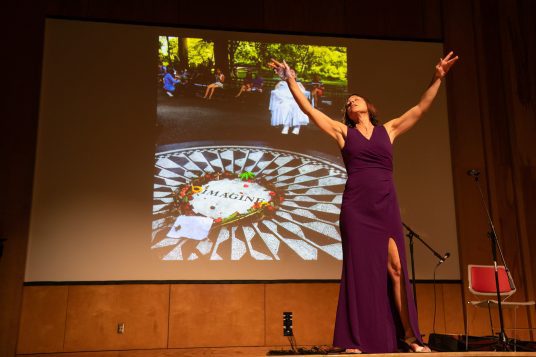
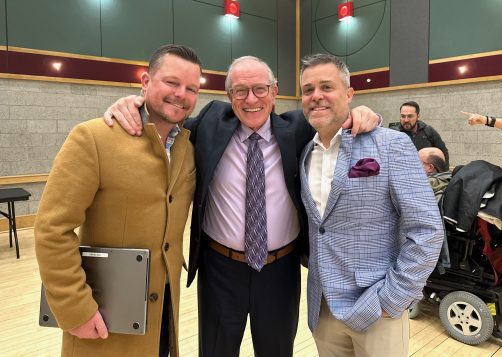
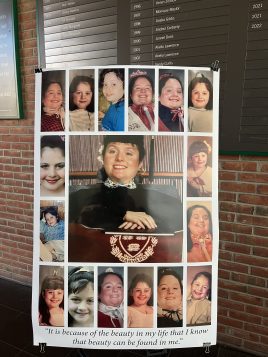
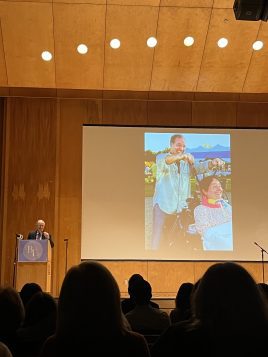




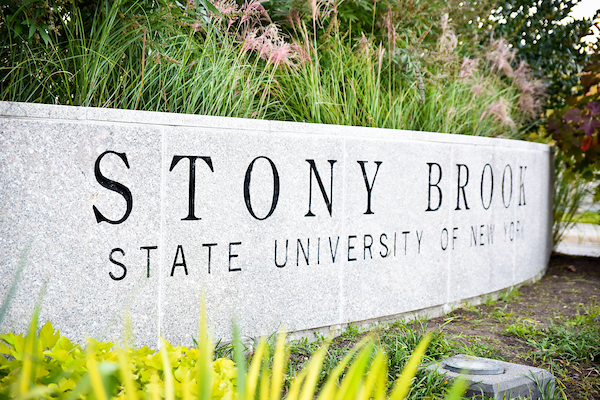



 Herb Mones, Friends of the Greenway editor-in-chief and president of the Three Village Community Trust, wrote in an email that while there hasn’t been an official sale to either the MTA or to a solar farm firm, it is likely that these sales will happen and that a portion of the Greenway trail will have to be rerouted to accommodate a new rail yard.
Herb Mones, Friends of the Greenway editor-in-chief and president of the Three Village Community Trust, wrote in an email that while there hasn’t been an official sale to either the MTA or to a solar farm firm, it is likely that these sales will happen and that a portion of the Greenway trail will have to be rerouted to accommodate a new rail yard.



